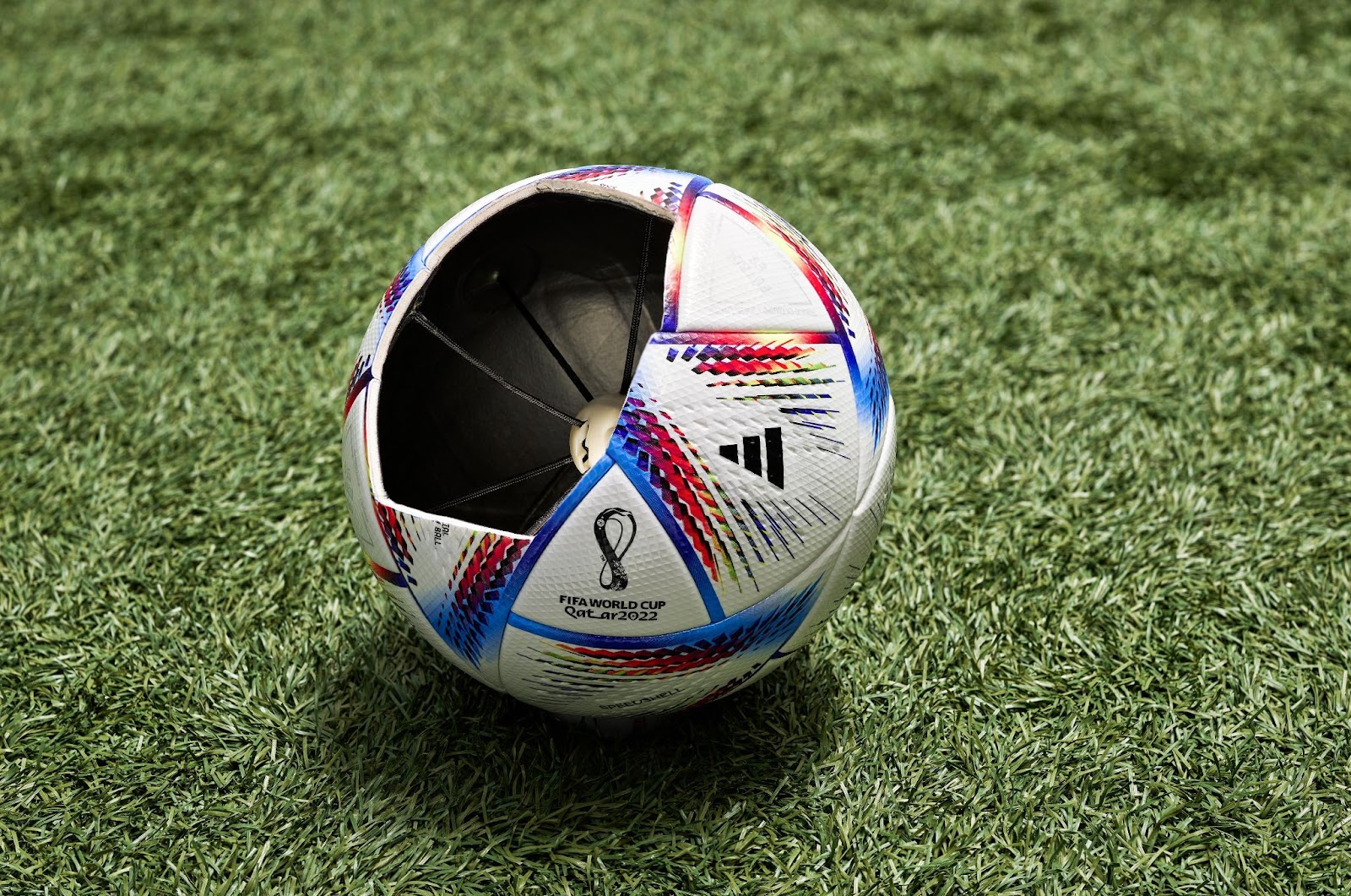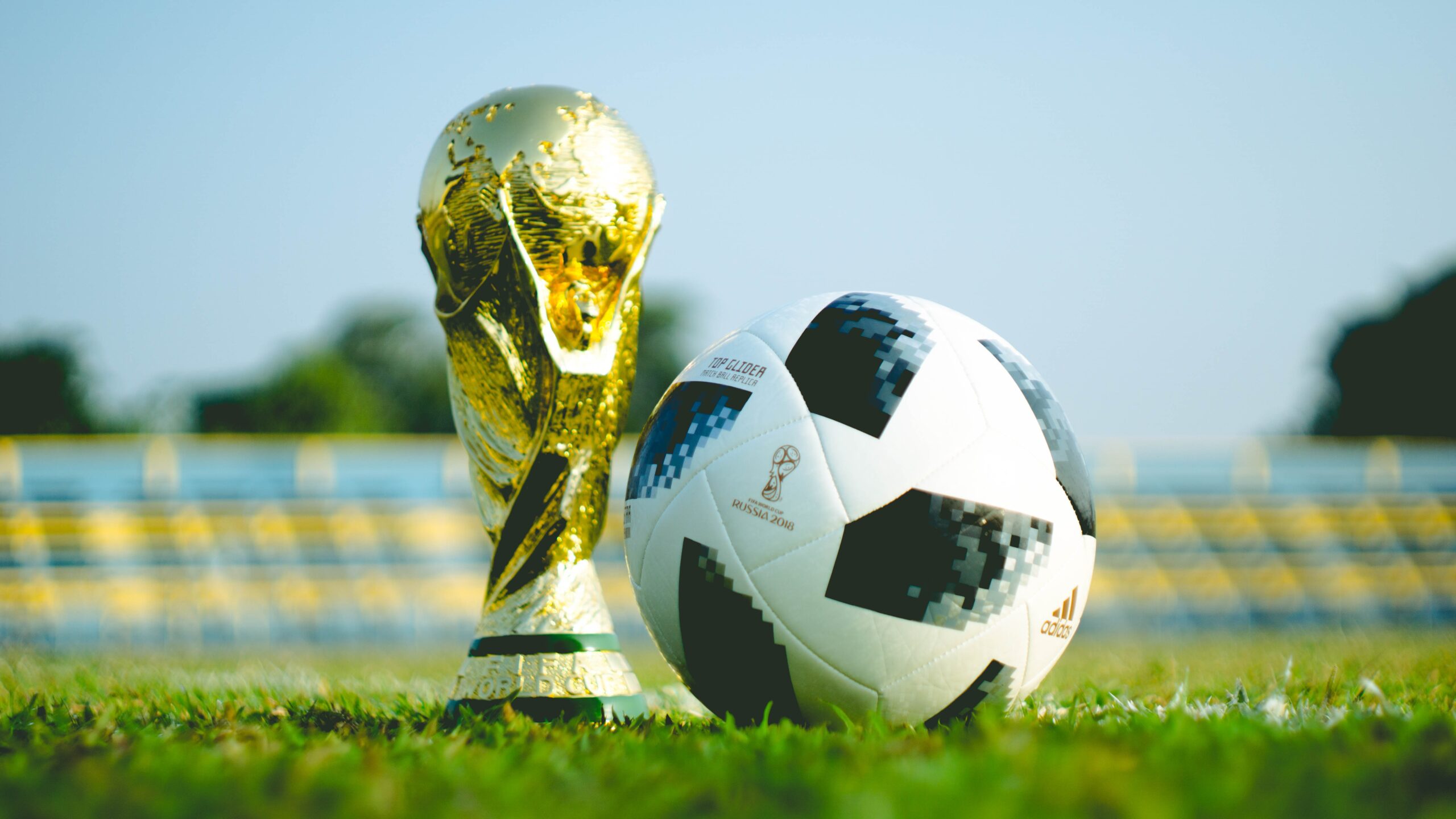The 2022 FIFA World Cup in Qatar had plenty of highlights on and off the pitch. Just like the players’ athleticism on the field, the power of artificial intelligence (AI) was on full display at the tournament.
However, the event was just one instance of how players and teams are using AI to improve their athletic performance and business operations.
Analyzing Performance
We often forget how much work elite athletes put in outside of training. They may have the talent to compete at the highest level, but we forget they are “professionals.” The work they put into film study is just as important as practicing jump shots, Hail Mary throws, and sprints.
During the 2022 NBA Finals, Steph Curry dropped 43 points in a big Game 4 victory over the Boston Celtics. Curry explained at the postgame presser how “cool” it was to rewatch his performance. Tom Brady, considered the greatest NFL quarterback ever, began film study even before he had the starting job. Brady credits his professional development to this, beginning in 2001 and continuing well into his 20-season career.
Keep in mind, game film in 2001 was not as sophisticated as it is now. There also weren’t huge AI developments. Today, researchers are developing tech to use AI to automate the process of analyzing and annotating footage.
It is also involved in metric tracking, like players’ fatigue levels, number of passes thrown, and distance run. Analysts can make decisions for the benefit of players and the team.
It is also helping sports science improve drastically. Many athletic performance consultants stand by the technology as the difference maker in training. Smartphone apps can help basketball players improve their shooting technique, and endurance apps can track distance and heart rate.

Photo Courtesy Adidas
Officiating The Games
At the World Cup last December, we saw a glimpse into how AI is impacting refereeing matches. One advancement was the Adidas match ball, featuring built-in sensors. It tracks statistics that can be fed back to officials monitoring the flow of games. Goal-line technology can determine if a ball truly crosses the line.
International football — a sport of fine margins — is drama-filled and at the mercy of referees’ decisions. However, when you add in a team of supervisors plus scientific-enhanced equipment, the game becomes fair for both teams.
Adidas’ AI-integrated ball attempted to reduce complaints about using video assistant referees (VAR). Essentially a formal title for instant replay, VAR has not been free of controversies, especially because final decisions rest with the referees. There is still an element of human error in watching video replays.
Adidas’ tech fed VAR real-time data on players’ limbs and ball location to determine if an offside call was accurate as possible. It also helped with the flow of the game.
VAR and goal-line played a massive role in determining the winner of the World Cup; just watch this Lionel Messi go-ahead goal in the Final.
Notice the referee’s watch light up green. AI determined the goal was good. No infraction was committed, and the ball crossed the line.
Enhancing Stadium Experience
AI is involved in more than just matchday metrics and player performance. Qatar’s new stadiums contained air-conditioning pumps to keep spectators comfortable in the heat. Designed by Qatari professor Saud Abdulaziz Abdul Ghani (also known as Dr. Cool), A/C units draw in, filter air, cool it, and push it out.
The system uses sensors to regulate temperatures, another example of AI improving the entertainment aspects of live sports. An automated system also saves energy, making it more efficient and sustainable.
Ushering fans into venues is not an easy task. Facial recognition technology was installed at Lusail Stadium to track fan movement. It might have been concerning when it comes to privacy, but the idea was it was an essential tool for keeping order.
Organizers said the AI software could “predict crowd surge” and if anyone is at risk of injury. Hamad Al-Mohannadi, director of the command center at Lusail, said they would only respond if deemed necessary — property damage or injury.
AI is changing sports in several ways, but time only knows where it will end up. As researchers make new products and enhancements, leagues and venues will continue to find innovative uses for them.





